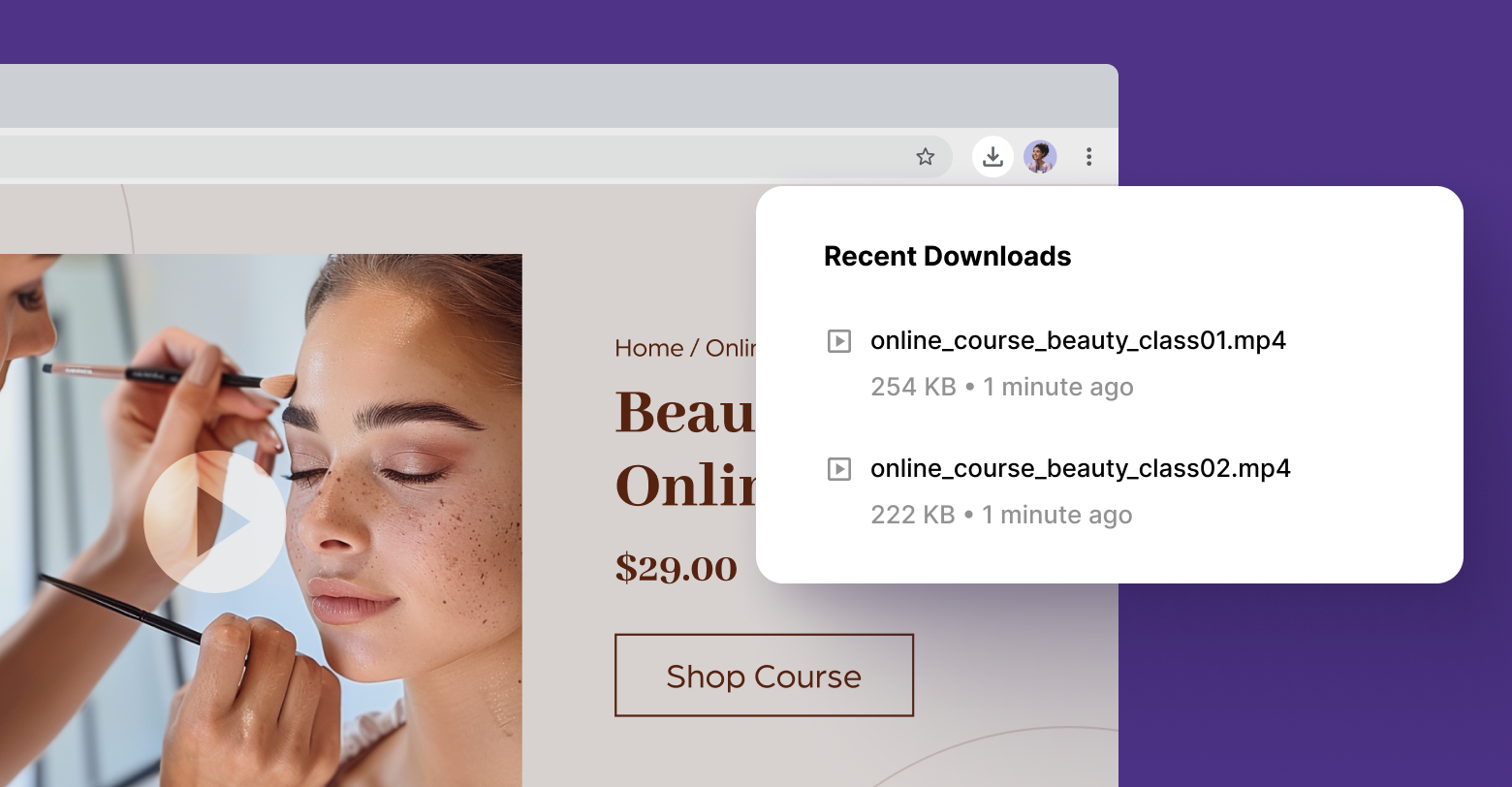It’s
been said before on this blog, but, these days, modern websites should be more than simple digital brochures. Agencies have the power to transform their client’s informative websites into
transactional websites—meaning they can make money online even if they don’t sell physical products.
This isn’t an uncommon practice, either. Remember the last time you scheduled a haircut or needed a plumber? There’s a good chance you were able to book that service online and, if the website is transactional, you may even have paid online as well.
However, appointments aren’t the end-all be-all of transactional websites. Your clients can also sell
digital products. There are a limitless number of digital products that your clients could be offering to their customers, and these products can be sold by a much wider variety of businesses than you may realize.
To help spark your imagination, we’re going to explore 8 examples of digital products your clients can start selling today.
Guides and ebooks
Knowledge is a valuable commodity—one many customers are eager to spend money on. Your clients can create informative content addressing common pain points or offering meaningful insights into their niche. They don’t need to be an aspiring author, either! Travel agents can sell itineraries, restaurants can sell cookbooks, etc.
Online courses
Sometimes the written word isn’t the best vehicle to convey information. Instead of a guide, your clients can create in-depth training videos based on their area of expertise similar to work done by Udemy or (shameless plug)
Duda University. These courses don’t have to be strictly educational, either. Consider your fitness clients, for example, who could sell at-home guided workout videos.
Printable templates and workbooks
From social media planners to budget trackers, there’s a huge market for helpful printables. Your clients can leverage their expertise alongside easy-to-use tools like
Canva to create visually appealing templates that solve specific problems for their audience.
Stock photography and graphics
High-quality visuals are essential for any business. If your client has a library of professional photos or illustrations, they should consider selling them! These images can be presented with a watermark on their website, then downloaded without after purchase—with proper licensure too. This is a great way for your design and photography clients to expand their offerings.
Music and audio assets
Musicians, composers, and sound designers can monetize their creations by selling digital music tracks, sound effects, jingles, or audio loops. These assets are invaluable for content creators, filmmakers, and game developers.
Consulting and coaching services
Leverage expertise in your client's industry to offer consultation services or coaching sessions. Clients can provide personalized advice, mentorship, or professional guidance on topics relevant to their niche.
Digital memberships
Your clients can offer digital products on a recurring basis for subscribers or members. Maybe you have a client in the financial services sector who would like to offer monthly budget templates, or perhaps a fitness client looking to sell recurring workouts videos.
Templates
Virtually all creation platforms, whether design oriented like Adobe’s Creative Cloud or productivity oriented like Notion, support templates of some kind. If your clients consistently work with any particular platform of this kind, then they may even have templates that they’ve already built. These can be shared pretty easily for a profit. This idea isn’t just for clients, either.
Your agency can sell templates too!
Time to get your clients selling online
By diversifying their revenue streams with digital products, your clients can unlock new sources of income and establish themselves as thought leaders in their respective industries.
Implementation is easy, too. The beauty of digital products lies in their scalability. There's no inventory to manage, and the creation process leverages the skills you already use to build sites on Duda today. This translates to high profit margins and the potential for passive income.







